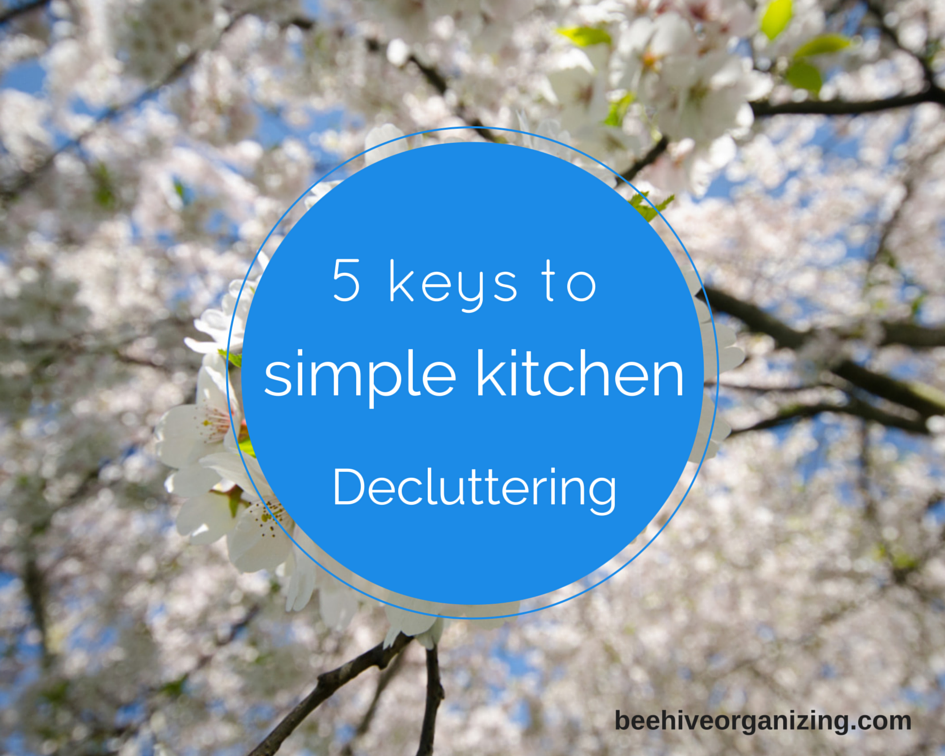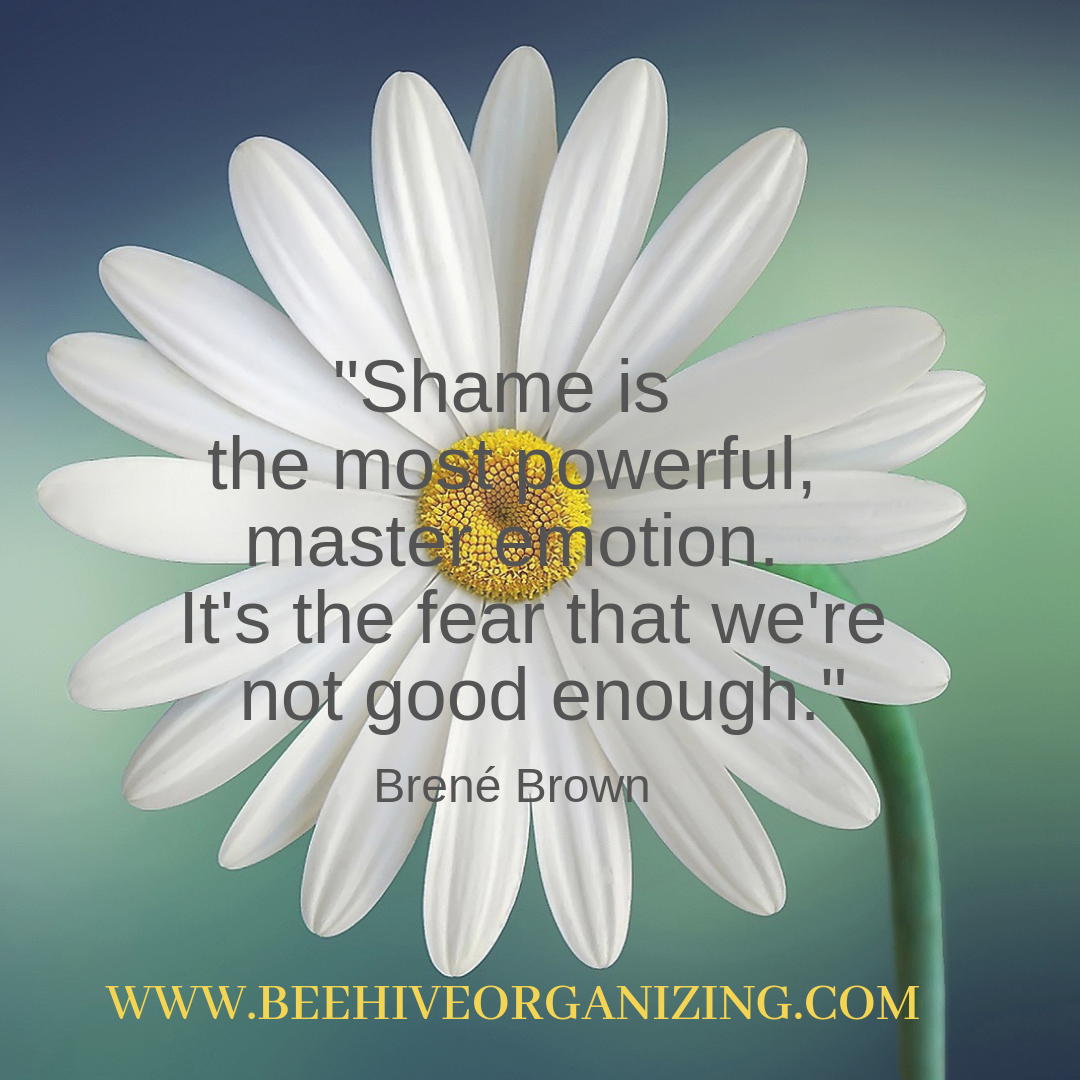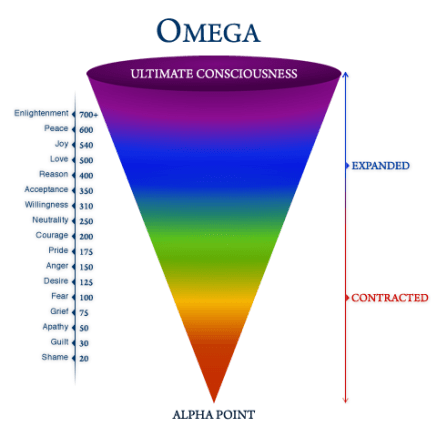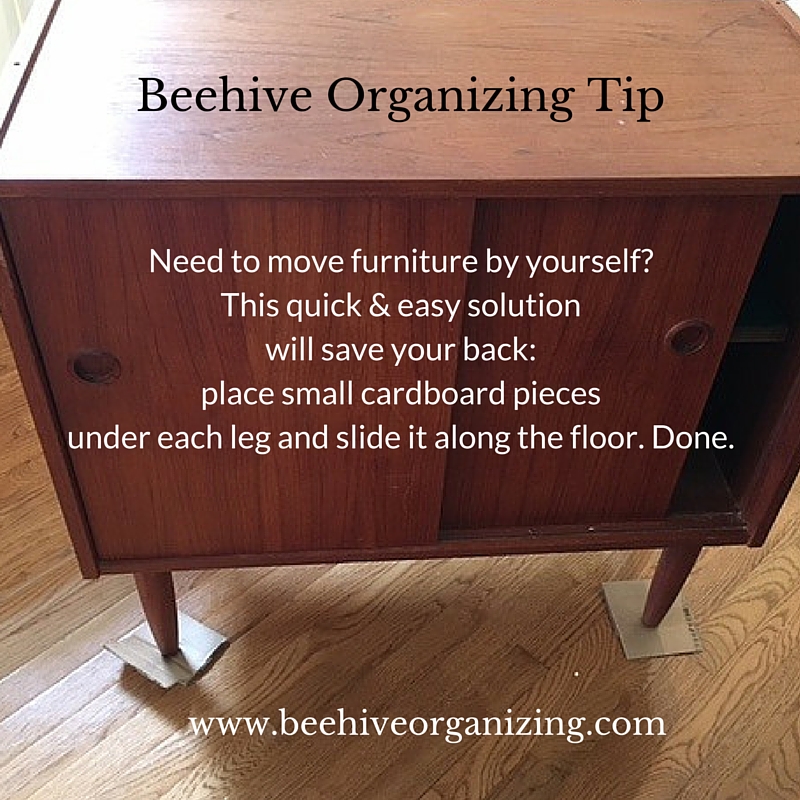
The kitchen is the most actively used space in the house. It becomes a dumping ground for all sorts of miscellaneous items including mail and other papers, kids’ schoolwork, outdated electronics, crafting supplies and numerous other items completely unrelated to food preparation and consumption. That’s why this busy hub is also the most clutter prone area in the home. Getting rid of the overflow can be surprisingly quick and simple.
Streamline your kitchen by ditching excess items in the following five categories:
1. Food
Out-of-date packaged, bulk food, spices, spoiled refrigerated and freezer-burned food: check the expiration date on packaged items. Discard old boxes of half-eaten cereal, stale crackers, ¼ cup remainders of stale bulk items, rancid bottles of oil, sauce, salad dressing and all that stuff at the back of the fridge. Toss spices that have lost their essence. There’s no sense in holding onto expired food you won’t consume. Take inventory of what remains. Usually it’s your favourites versus foods that are repeatedly under-consumed. Make a note not to buy multiple packages of foods you rarely consume in the future. Rotate packaged items.
2. Prescription Medication, Vitamins, Supplements
These items have an expiration date. For a number of reasons, many of us hold onto them much longer than they are safe to consume: it was expensive, we feel guilty about not including them in our daily health regimen, they may come in handy when that old injury flares up. Whatever your reason for not tossing them out yet, the fact is you didn’t consume them and likely never will. Dispose of pharmaceutical and over-the-counter medication responsibly. Do not flush, do not throw in the trash. Visit Heath Steward Canada for more information on how to do this in your area.
3. Disposable plastic & paper items, condiment packets
Mismatched plastic storage containers, too many/oddly sized/too-small plastic and paper bags, take-out meal extras: plastic utensils, chopsticks, old single-serve condiments, take-out menus. Trust me. None of these items will be missed, but the space saving potential is huge. Plastic storage containers are the most difficult to keep in check. They multiply like dandelions, and are the kitchen equivalent of mismatched socks. Do you want to spend 2 hours matching lids with containers? Nobody does. Know that takeout menus change frequently and up-to-date information can quickly be found online. If you’re feeling guilty about tossing out items like little sticky packets of ketchup, or plastic bags, make a vow not to collect them in the future. Bring your own bags when shopping and ask restaurant staff not to include extras with your takeout order.
4. Dishware, glasses, mugs, pots & pans
If it’s worn out, damaged, missing pieces or unused, stop keeping it around ‘just in case’. It’s highly unlikely you will ever use these items. If you hold onto them, the chances are slim to none that you will ever enjoy eating or drinking from broken, chipped, dingy kitchenware- even when camping (if that’s your rationale).
5. Paper, Paper & More Paper
Stacks of flyers, bills, small scraps of paper bearing doodles, phone numbers, old notes plus all those curled up, yellowing pieces of paper stuck to the front of the fridge are out-dated and need to be tossed out. You’ve stopped noticing them but the visual clutter remains and it’s undermining your ability to relax and enjoy your newly decluttered kitchen. Record any vital information on one sheet and keep it all in one place such as secured to the inside of a cupboard for quick reference.
Enjoy your newly decluttered kitchen.
If you’d rather leave the decluttering to someone else, consider hiring a professional organizer.Beehive Organizing is available in the Greater Toronto Area (GTA) to help you sort through the clutter.







